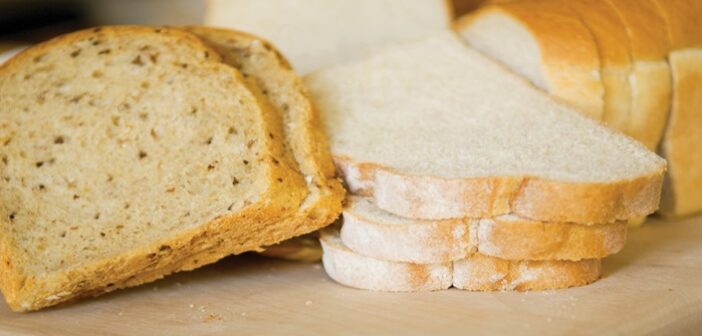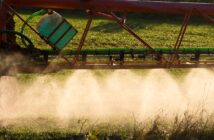White bread could soon get a healthy makeover without sacrificing taste or texture, according to new research that tested experimental loaves enriched with dietary fibre.
Rothamsted has successfully exploited genetic differences in wheat varieties to develop lines with naturally higher dietary fibre. However, this can affect how bread looks and tastes, which may be a barrier to consumer acceptance.
Working with food and nutrition specialists at the University of Reading and the Allied Technical Centre as an industry partner, the Rothamsted team developed five new types of white bread designed to improve nutritional value – particularly fibre content – and compared them with a standard commercial loaf. A trained tasting panel assessed 27 different attributes, from crust colour to crumb density, alongside laboratory measurements of moisture, texture and appearance.
The study found that higher-fibre breads tended to be slightly shorter in height, with darker crusts and larger air pockets in the crumb. They also held more moisture and had a springier texture. However, the sensory panel still rated the prototypes favourably, suggesting that nutritional improvements need not mean a poorer eating experience.
“The results offer promising insights for bread makers aiming to boost public health without raising costs or compromising quality,” said Rothamsted’s Dr Alison Lovegrove. “Increasing fibre intake is a key government nutrition goal, as most adults in the UK fall short of the daily recommended 30g.”
Bread remains a staple in British diets, with around 12 million loaves sold every day. If manufacturers can adapt recipes to improve health benefits while retaining consumer appeal, experts say the gains could be substantial.




